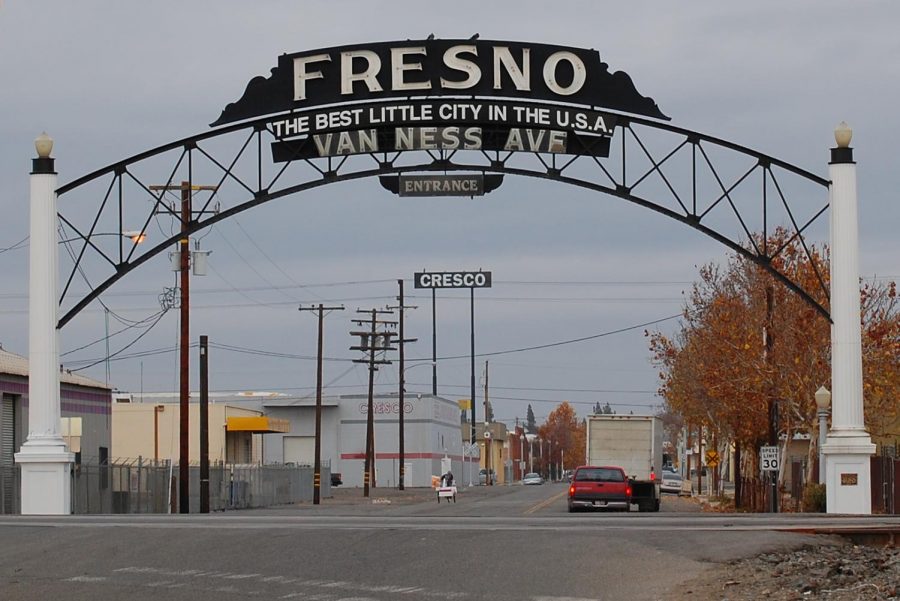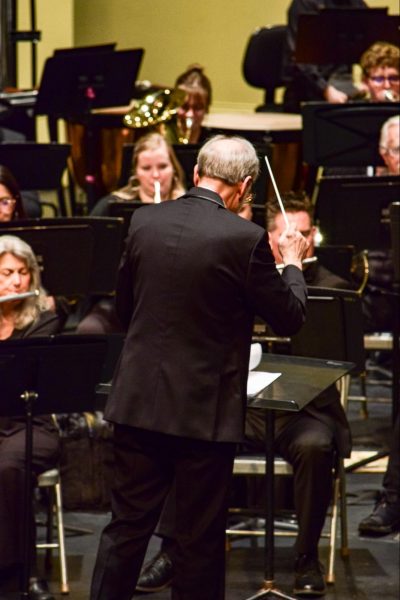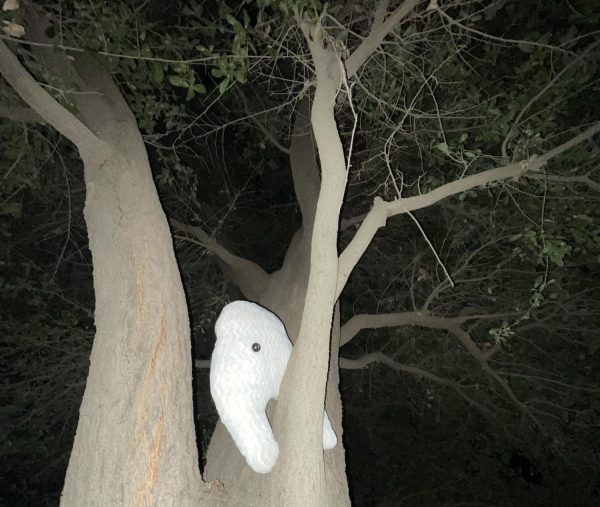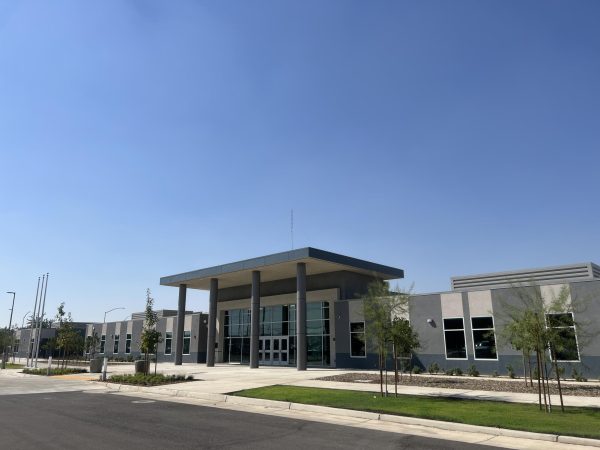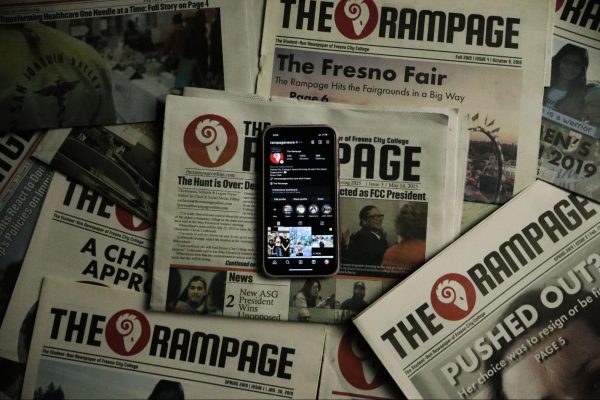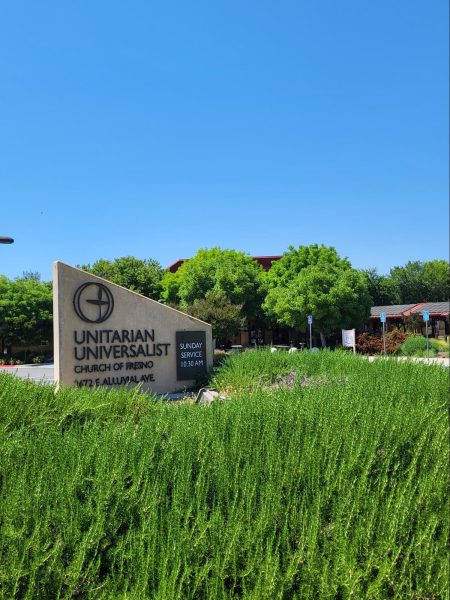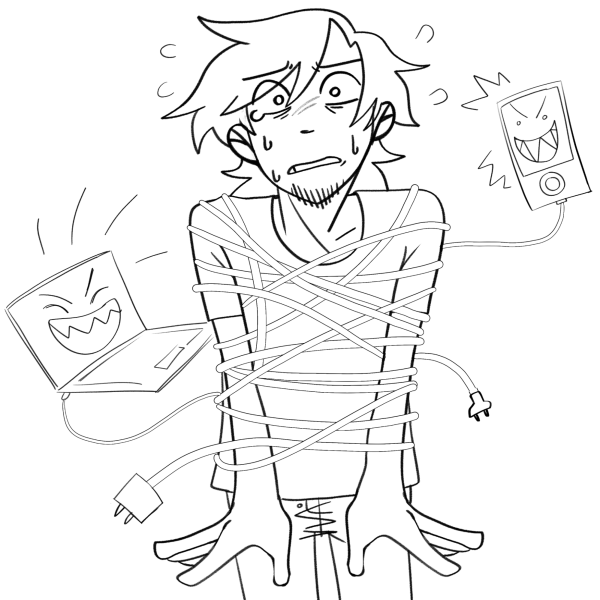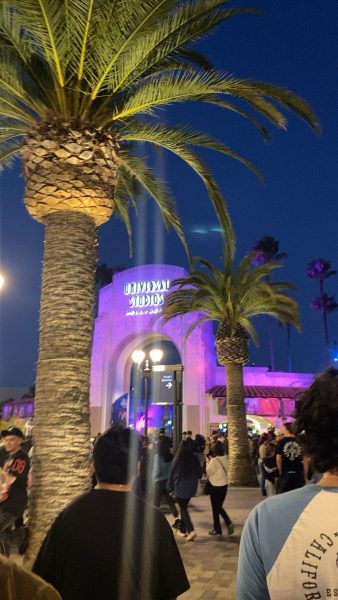Is Fresno Safe? Yes, if you’re white, male, and wealthy.
Photo by: David Jordon
Photo courtesy of Wikipedia Commons
On Sunday, August 30th, 26-year-old Nikolas Frazier called 9-1-1 to report a man seen carrying a rifle in a Walmart parking lot on the corner of Herndon Ave. and Clovis Ave. in Clovis.
As officers arrived, Clovis Police Department reported, they found a man, who was later confirmed to be Nikolas Frazier, holding what appeared to be a rifle.
After failed attempts by officers to persuade Frazier to drop the rifle, officers fired multiple shots at Frazier. He subsequently died due to injuries.
Clovis Police later confirmed the gun turned out to be a toy BB gun.
My old high school is less than two miles from this police shooting. Less than a mile from the neighborhood I used to play in as a child.
If someone asked me if I still felt safe in those neighborhoods, at my old high school or even in the Walmart parking lot early in the morning, I would reply yes.
But to define somewhere as “safe” is a lot more complicated than looking solely at crime or comparing crime rates.
The FBI even warns that comparing crime rates of cities to one another, using their Uniform Crime Reporting Statistics, fails to recognize that each city comes with a variety of different factors that may affect how their crime is measured.
This makes understanding safe areas versus unsafe areas difficult. Crime rates are the only hard evidence available in determining analytically if a city is safe.
Fresno City College Criminologist Kevin Callahan understands safety differently— instead he sees it as a matter of perception.
“Safe is not necessarily limited too or defined by crime or violence, although that may be what it’s perceived,” said Callahan. “There’s probably parts of town where you may feel safer than others but at the same time, you know, I think that comes down to what the individual perceives as safe,” Callahan said.
While it’s understood that crime can and will occur anywhere, it does also occur in certain locations at a higher rate, to certain victims at a higher rate, and by certain offenders at a higher rate.
Statistically these numbers are hard to avoid, and the main reason crime and policing have become matters of social justice.
Minority communities are more often the targets of policing. Black and Hispanic people are more than fifty percent more likely to experience use of force when interacting with police.
When surveyed by Pew Research Center, 84 percent of Black adults believe they are treated less fairly than white adults by the police.
This is a challenge Fresno has seen first-hand. The Atlantic reported that Black residents in Fresno accounted for nearly 15% of traffic stops in 2016, while they only make up 8% of the total driving age population.
But Fresno Police’s hands are tied. They only seem concerned with understanding crime as who commits it and where it occurs.
Their response is to flood areas of high crime with police officers in an attempt to stop crimes before they occur, a tactic that studies show don’t always work.
Callahan sees it differently. “It’s easy to take those numbers and say there’s a disproportionate number of black people being stopped but where is that occurring, is that occurring in areas where there’s violent crime? If so that seems appropriate to me, that’s hot spot policing, that’s something they were taught, and it’s learned from day one, it’s a management function,” Callahan Said.
Overall, violent crime in Fresno has gone down, nearly 10% since 2016. Though crime rates in Fresno still remain higher than state and national averages, efforts made by Fresno police to suppress violent crime seem to be working.
SCCCD Police Chief Jose Flores sees crime prevention as situational awareness. “In order for there to be a crime you have to have a victim, a place, and the offender, if you remove one of those three, a crime cannot occur,” Chief Flores said.
Safety is about removing vulnerabilities and placing yourself in the right situations. When we view safety through this perspective it becomes an equation: location plus victim plus offender equals crime committed.
If this is the case, creating safe neighborhoods in Fresno involves simply removing one of the three components. Unfortunately, for many residents, this becomes tricky.
Removing the location becomes difficult when over 24% of people in Fresno live in poverty. Lower income neighborhoods in Fresno trend towards higher crime.
Removing the victim is difficult when the majority of Black and Hispanic people report experiencing discrimination at some point in their lifetime. Black adults are nearly five times as likely as white adults to be unfairly stopped by police. Or when 90% of hate crimes involve violent acts.
Removing the offender is difficult when more than half of crimes committed in lower income communities go unsolved or when nearly 60% of women are said to have received unwanted sexual advances or have experienced sexual assault with little justice.
Confidence in policing is at an all time low, which leads me to believe their ability to inform people’s perception of safety has failed.
The issue in defining a safe community is that defining an unsafe community fails to address the real issues. The City of Fresno is experiencing an inequity problem, and until it is solved I can only consider Fresno truly safe for the white, male, and wealthy.
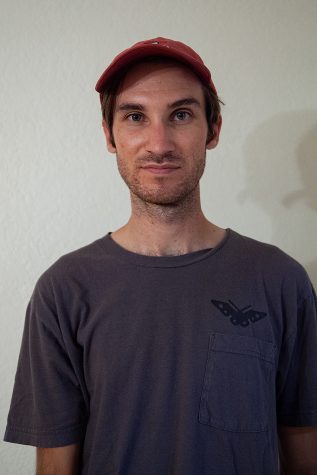
David Richards, 28 years old, is an English Major at Fresno City College. Born in Fresno, David graduated from Buchanan High School in 2010. He is a returning...

